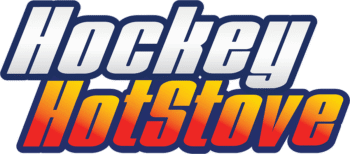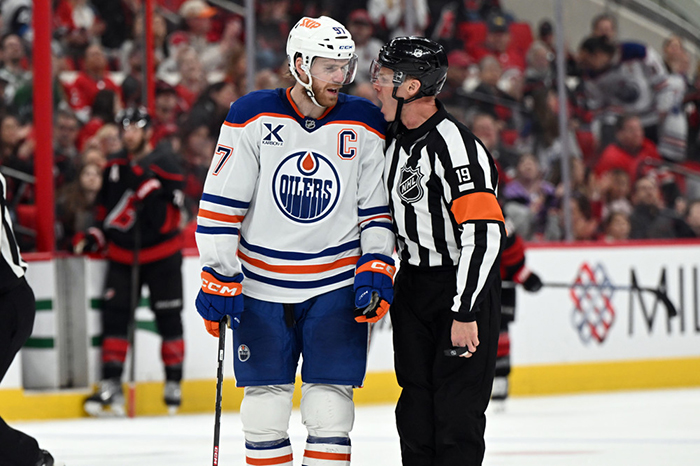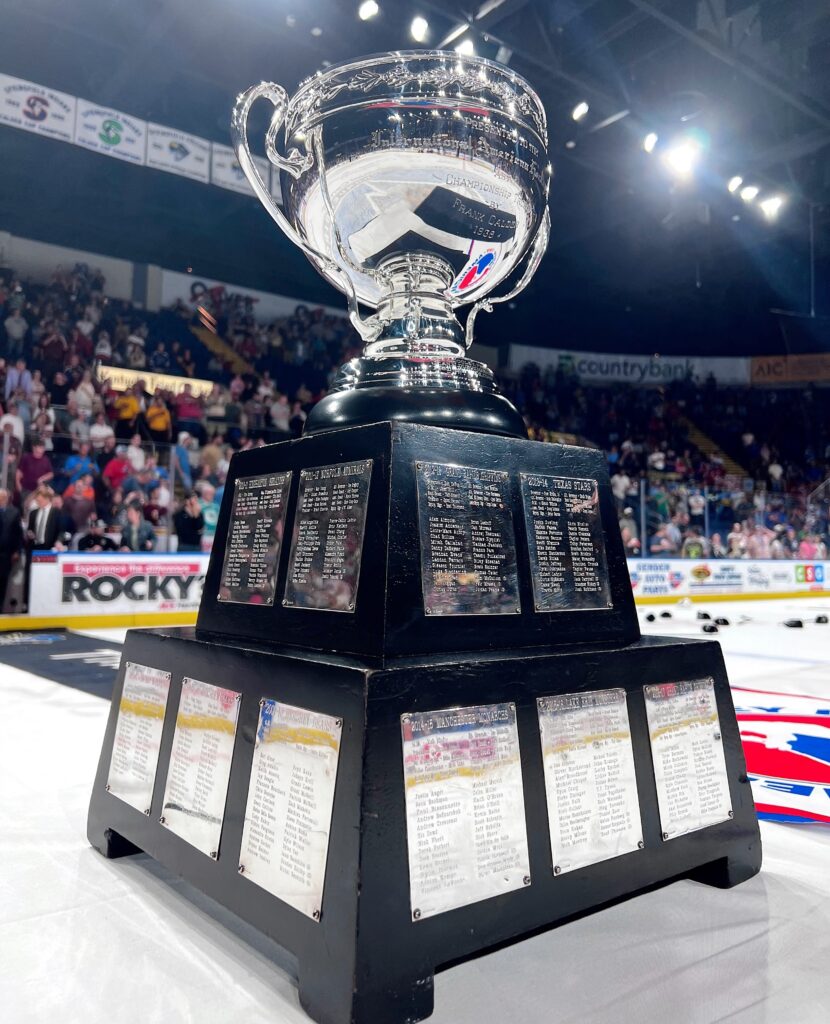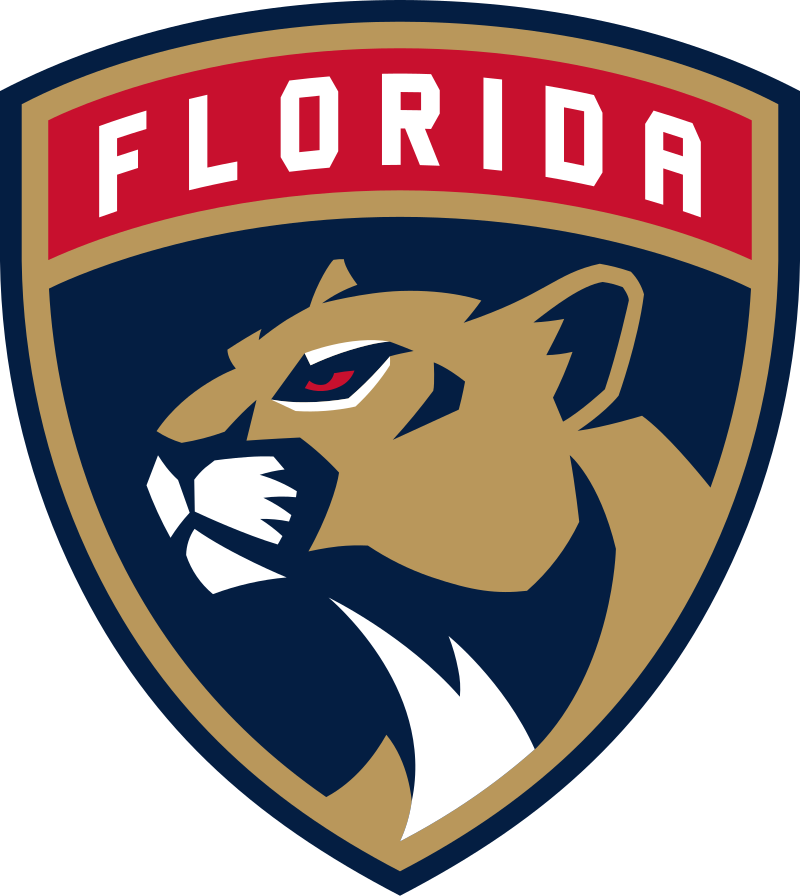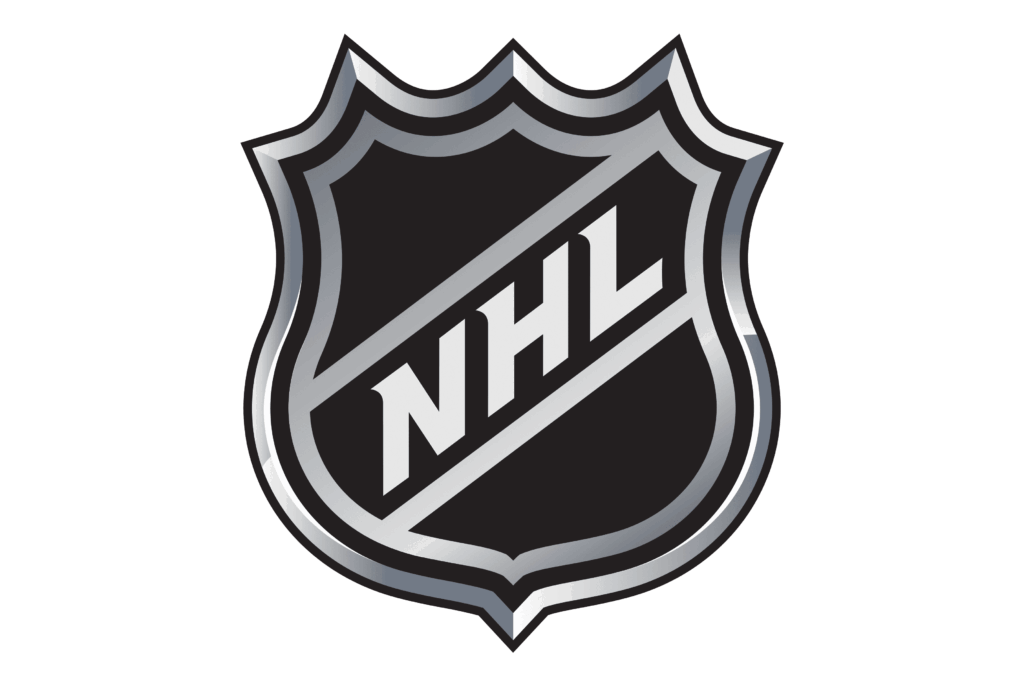The 2025-26 hockey season is here. Teams and players are ready for action. Fans clamor for the NHL storylines that come with it. There are, however, a handful of people who are preparing for the NHL’s younger brother, the American Hockey League (AHL). Whether it’s fans in the quintessential mid-sized cities of the prospect gurus, the league always has a fun and authentic attraction for the hockey world.
This is my third season covering the AHL, and every season there are more lessons and insights into the league. This season provides plenty of early-season thoughts, insights, and question marks for a league just one notch below the NHL.
This is the Year The AHL Adapts
It’s hard to ignore the AHL’s place in the hockey world in comparison to the other leagues. The NCAA is having a breakthrough with elite prospects opting for college instead of junior hockey. Likewise, overseas hockey has never been more intriguing. There’s a chance that in a few seasons, prospects will avoid the league altogether as they develop elsewhere, whether it’s spending a few seasons in the NCAA or playing in Europe until they are ready.
The intrigue is the pay, with NCAA players starting to receive endorsements, which makes it a draw, certainly over junior hockey. The other plus is the schedule, which is a lot lighter with more practices and time to work on development.
So, this is the season where the AHL and the Canadian juniors, for that matter, start to change. The AHL must do it, or it runs the risk of losing relevancy and standing as the second-best league in the world. The first area for adjustment is the money. The players need bigger salaries, and with the salary cap in the NHL rising, the assumption is that the same thing will happen in the AHL.
The other big thing is endorsements, or how the league and the teams in it market the players. For years, the players were viewed like college athletes in the sense that they weren’t branded since they came and went. This is the season where teams can and should start marketing the stars, sometimes it’s an elite prospect, and other times, it’s a journeyman skater who has become an icon with a team. With the league losing ground to its surroundings, this is the time for the AHL to make up ground.
Abbotsford Has Everything To Repeat, Except Goaltending
The Abbotsford Canucks are the reigning Calder Cup champions, bringing the first title of any variety to the Vancouver Canucks franchise. Manny Malhorta led the way, and his adjustments behind the bench stood out. He’s back as head coach, and the prospect pool is talented enough to keep this team in the contention discussion and make a back-to-back possible.
The question is how they will handle the Arturs Silovs trade, as he was moved this summer to the Pittsburgh Penguins. They lost a star goaltender who was the Calder Cup Playoffs MVP, and a goaltender like him is tough to replace. The Pacific Division is up for grabs, and the question will be if Silovs is replaceable from a team that has everything else working in its favor.
The AHL Atlantic Division is Wide Open
For the first time in a while, there is no clear-cut favorite to win the Atlantic Division and dominate the playing field in the playoffs. For the past three seasons, the Hershey Bears were that team, and last season, the Bears and Charlotte Checkers were the two juggernauts at the top. Both teams will be great again but not nearly as dominant as the other teams have closed the gap.
The Lehigh Valley Phantoms are building something special with a handful of borderline NHL-caliber prospects and a well-rounded team. The same is true about the Wilkes-Barre Scranton Penguins, who are helping the NHL team’s rebuild with a few intriguing names to watch (Rutger McGroarty will probably be in the NHL but Tristan Broz and Avery Hayes should still make an impact this season at the AHL level). The Providence Bruins are also a team to watch with elite goaltending and a few prospects who aren’t ready for the NHL yet.
Even the Hartford Wolf Pack and Springfield Thunderbirds are going to make noise because of their goaltenders. They aren’t part of the top tier in the division but will win enough games against the top teams to tighten up things at the top.
It’s going to make for a fun season ahead with a bunch of teams jumbling at the top. It’s also sure to provide multiple great playoff matchups, which are always fun as the games are intense and the NHL writers make the trip to watch a top prospect make minimal impact in 10 minutes of ice time (that’s typically what happens in the playoffs).
Bridgeport Must Do Better (Because They Can’t Do Worse)
Speaking of the Atlantic Division, it’s worth diving into the team at the bottom. The Bridgeport Islanders played six months of AHL hockey last season, and they won four home games. They weren’t only the worst team in the AHL, they were historically bad with a 15-50-4-3 record. This is a team that must do better because it can’t do worse than last season.
The Islanders are also getting a bump from a new front office with general manager (GM) Mathieu Darche changing the culture around the team. The reputation around the AHL is that nobody destroys AHL teams like the Lamoriellos, and with Lou gone, the Islanders, by default, will have a better AHL team.
Darche hired Rocky Thompson, who had a rocky tenure as a Philadelphia Flyers assistant but has an established reputation at the AHL level. The Islanders also signed a few veterans who can be depth players in the NHL but will probably be high-impact players for the AHL team, notably, defenseman Ethan Bear and goaltender Parker Gahegan. With a youth movement also taking shape, the Islanders will be a borderline playoff team at worst (which isn’t saying much considering six of the eight teams in their division make it).
If The NHL Expands, The AHL Will Look At Hockey Markets As Well
Expansion in the NHL is inevitable. It’s only a matter of time before the 32-team league becomes a 33-team league and then a 34-team league. The NHL will look at the big markets in North America, whether it’s Atlanta, Houston, Portland, or Kansas City. The subplot is that the AHL will start looking at markets as well, with this season being a good time for the league to look at the mid-sized cities that would be great for a team.
There are a few things to consider for the next AHL cities. The first is which cities are close to NHL teams. For example, if a team is in Atlanta, then Charlotte is an ideal AHL affiliate for them. Likewise, the best cities for an AHL team should also have airport hubs where teams can travel to them easily.
Orlando or San Antonio make a lot of sense for the AHL, especially if there’s a team in Houston or a southern market that needs to call up a prospect for a game and then send them back down. It used to be that if a prospect was called up and played for a team in Manchester, New Hampshire, or Lowell, Massachusetts, they needed a connecting flight and a long bus ride to join the NHL team. Teams won’t do that anymore.
The ‘chain reaction’ effect
It’s also worth noting a potential chain reaction if one team relocates. There were a few reports in the summer that the Bridgeport Islanders are planning to relocate after the season to Hamilton, Ontario. One person in the AHL circles noted to me that if that happens, the New York Rangers will move right into Bridgeport, taking advantage of its close proximity to the divisional teams and the Rangers’ practice facilities in Westchester County, New York. Similarly, the Florida Panthers can move their affiliate to Orlando, opening the door for another team to move into Charlotte, something that would benefit every team involved.
It’s not a story that will make an impact this season. However, it will be a development to watch, and by the time the summer rolls around, there will be a shortlist of markets that the AHL is prepared to expand to.
The Intense Schedule Isn’t So Intense Anymore
The 3-in-3s were once a common occurrence in the AHL. It makes sense since the league relies on ticket and gate revenue, with fan attendance being vital to team survival. A game on Friday night followed by Saturday night, wrapped up with a Sunday afternoon matchup, is ideal for the working fans and more importantly, the kids to attend.
There aren’t so many 3-in-3s this season. The Bears have only three sets of them all season, and the same is true about the Wolf Pack. It’s a sign of the times. With development being the focus of the league, teams aren’t interested in wearing down their players anymore. It’s well documented how players would run on fumes in that final game of the triple-header, and it’s hard to evaluate them based on those games.
It’s also worth noting that teams are traveling much less this season, with the focus being on the prospects. One of the notable rule changes in the latest CBA was that players must play in a game if they are called up before they are sent back down. It makes being close to the team a greater priority.
Which Teams Will Keep Their Prospects in the AHL?
Speaking of prospects, there’s always a fascination in the AHL about which team has the great ones and how they manage them. Some teams rush their prospects into the NHL and run the risk of ruining their development, while others are patient and let them play out a season or two with the AHL team first.
The two teams that stand out are the Phantoms and the Rochester Americans, as both teams have a surplus of prospects. However, the NHL teams can’t play them all, and it will force the teams to make some tough decisions.
The Next Wave of Great Coaches
Todd Nelson, Marco Sturm, and Neil Graham, three of the best coaches in the AHL from the previous seasons, are in the NHL in some capacity. Sturm is coaching the Boston Bruins, while Nelson and Graham are assistants for the Pittsburgh Penguins and the Dallas Stars.
The trio was a staple in the league and the standard for excellent coaching. Now, a new wave of young coaches, in a league where young coaches are the norm, is on the way, and it will be interesting to see who emerges as the next great one.
Malhotra put himself on the map in the playoffs last season, not only because the Canucks won but because he pivoted to allow his team to win in all situations. Derek King has a tough act to follow with the Bears, yet, as a former NHL head coach looking to prove he deserves another chance, he’s up to the task. Grant Potulny and Steve Konowalchuk are two second-year coaches leading the Wolf Pack and Thunderbirds, and the two have found their footing in the AHL while John Snowden, the Phantoms head coach, looks poised to take the league by storm in his first season behind the bench, impressing in his early showing with the team.
The AHL has a rich history of producing elite NHL coaches from Kris Knoblauch to Jared Bednar to Jon Cooper. It’s an easy transition since the coaches are used to a different roster every night and the turnover that comes with coaching in the AHL. There’s a new crop of coaches on the way, and one worth keeping an eye on for future NHL jobs.
How Offenses Will Pivot
The lasting impression from last season was how the FChecker not only went on a deep playoff run but also dominated the opposition on their way to the Final. They went 10-2 before hitting a wall that was Silovs and did so by generating a lot of pressure, pushing the pace, and aggressively firing 40 or more shots in a game at the opposing goaltender.
Nelson noted in the exit interviews after the Bears were swept by the Checkers that “You have the personnel, a bunch of Clydesdales out there, then you can’t play fast” when talking about whether the league is heading that way. He added, “When you look at our first team, we were a hard forechecking team and systematically sound. Last year’s team, they didn’t like to forecheck, they’d rather carry in the puck so we were more of a rush team and this year’s team was a hybrid of the two teams.” All this to say, teams want to catch the Checkers but will work with what they have.
That said, it’s hard to believe the league isn’t heading in that direction. The latest coaching hires all noted in their introductory pressers that they want to apply pressure and push the pace. In a league where goaltending is a weakness, the teams that win will fire 40 shots or more, even if they aren’t quality shots.
How The Mass-Exodus Will Affect The League
The AHL lost a lot of talent in the summer to the European leagues. It’s well documented how many elite players and All-Stars from the league last season are playing in Sweden, Finland, the KHL, or other European countries. The grass is always greener on the other side and for veterans who are no longer prospects but not in the NHL either, they finally realized just how green the pastures are overseas.
The fallout will be hard to ignore. The quality of the play in this league will go down, and by default, hurt the development of some of the prospects. For a young skater, it’s easier to learn the game from a veteran who has been around, and these days, there aren’t many veterans left to learn from.
The on-ice product will also be underwhelming. It will be interesting to see if the AHL changes the rules because of it from changing the minimum age to 18, instead of 19, or allowing more spots on the roster for veterans. No matter how you dice or slice it, the AHL will change because of the mass exodus that happened in the offseason and has been happening for a few years now.
